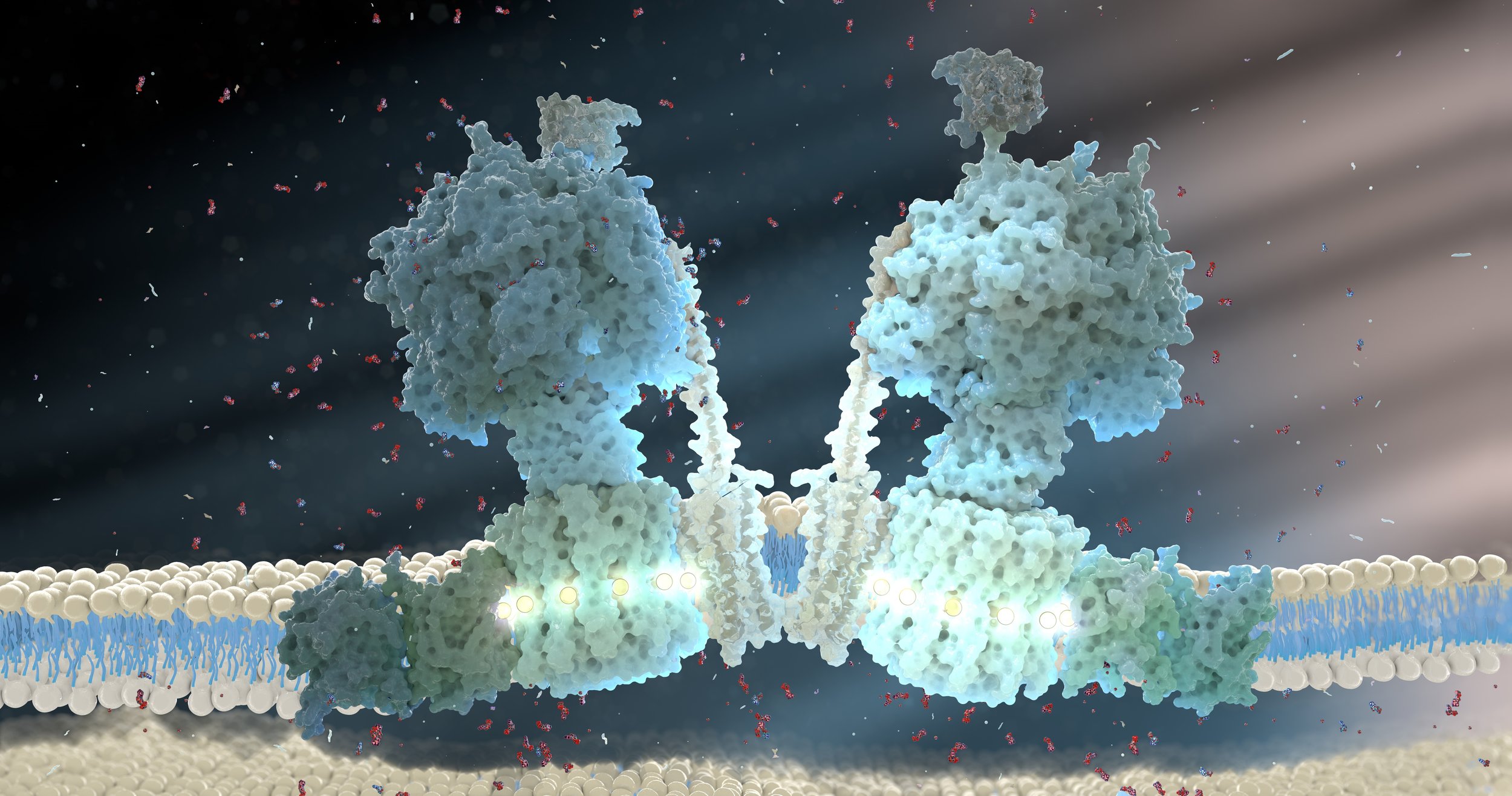ATP testing – what your data actually means
What is ATP:
ATP, or adenosine triphosphate, is where a cell gets its energy. Consisting of adenosine, an amino acid, and three phosphate groups. These phosphate groups in ATP have very high energy bonds that cells utilise for a vast majority of its processes. ATP is produced in the mitochondria of a cell from its less energetic ADP (adenosine diphosphate, 1 less phosphate group than ATP), and even less energetic AMP (adenosine monophosphate, 2 less phosphate groups than ATP).
ATP exists in the cell primarily in the cytosol; this ensures it’s readily available for organelles to use to fuel its processes. Once used the energy (phosphate group) is used, ATP becomes ADP if 1 group is used (triphosphate to diphosphate). Processed through both the Krebs cycle and glycolysis (breaking down sugar), ATP is regenerated from ADP.
What does the presence of ATP mean:
ATP production usually means that a cell is alive and undergoing metabolic processes. You may recall the mnemonic MRS GREN to describe what’s required for life: Movement, Respiration, Sensitivity, Growth, Reproduction, Excretion, Nutrition. Every process here relies on energy provided by ATP. If a cell dies through apoptosis (programmed cell death), it will use up ATP as there are structured processes to go through. If a cell dies through necrosis, it will not use ATP as an external factor has caused the cell to break down. As the cell begins to break down, it will release the cytosol and organelles, so the ATP-rich cytosol, mitochondria and nucleus are now available to measure. It has also been shown that cells die with increased cytosolic ATP, and elevation of cytosolic ATP level is a requisite to the apoptotic cell death process.
Cytosolic ATP contains the most ATP out of any component of a cell. Therefore, it makes sense that, by inducing cell death through strong oxidative processes such as contact with in situ peracetic acid, increased ATP levels are observed immediately after use.
What does this mean for ATP testing:
Disinfectants cause a cell to die by necrosis. Therefore, an elevated level immediately after use of the disinfectant is expected. This means that the cell wall is broken; in other words, your disinfectant is working.
ATP levels are not measurable in the case of viruses as they do not have mitochondria and therefore do not have the capacity to create ATP.
In summary:
ATP levels give an indication of the amount of extracellular ATP present on a surface. This measure of energy doesn’t necessarily correlate to metabolic processes or number of living cells on a surface and particularly does not provide informative data when the cells are under stress. When in contact with a high-level disinfectant, cells leak ATP in the mixture of degrading organelles. An initial high reading means your disinfectant is working.
Further reading and references:


